PCR SOEing: A Practical Guide to Splicing by Overlap Extension
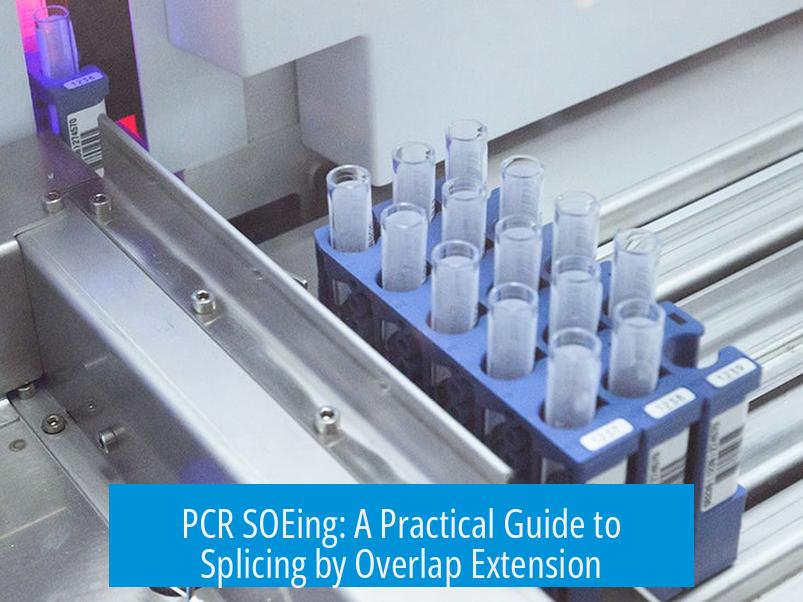
PCR SOEing (Splicing by Overlap Extension) enables the precise joining of two DNA fragments using overlapping regions in a single PCR-based method. It relies on primers designed with overlaps. Typically, two fragments overlap by about 15 base pairs for efficient annealing and fusion.
Primer Design and Fragment Preparation
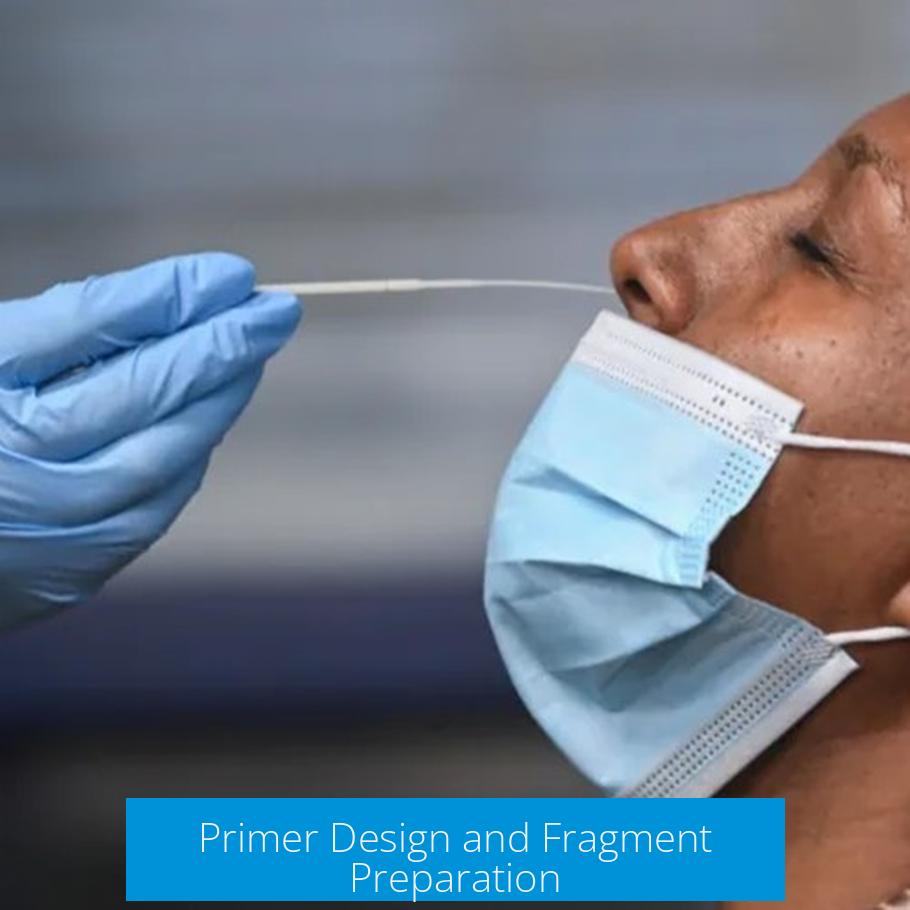
- Design primers to create overlaps of ~15 bp between two fragments.
- Limit reactions to two fragments for reliability; attempts at three fragments often present challenges.
- Use software like SnapGene for primer design. It helps map fragments, suggests melting temperatures, and plans strategies efficiently.
Typical PCR SOEing Cycle Strategy
The initial PCR to amplify target fragments usually runs about 25 cycles. After gel extraction, 1 μL of purified product serves as the template for the SOEing reaction.
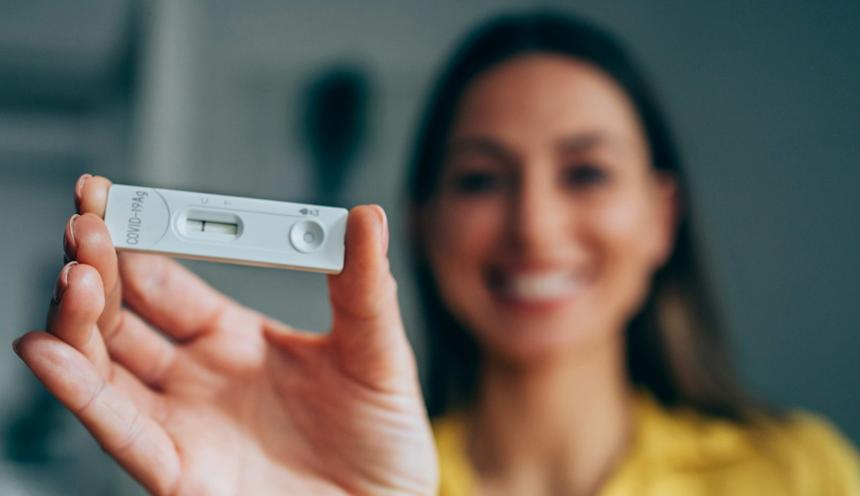
The SOEing reaction starts without external primers. The mixture, including buffer, dNTPs, polymerase, and fragments, undergoes 5 cycles to allow fragments to self-prime and anneal through overlap regions. Then, outside primers are added for an additional 30 cycles to amplify the fused product.
Challenges with Three-Fragment SOEing
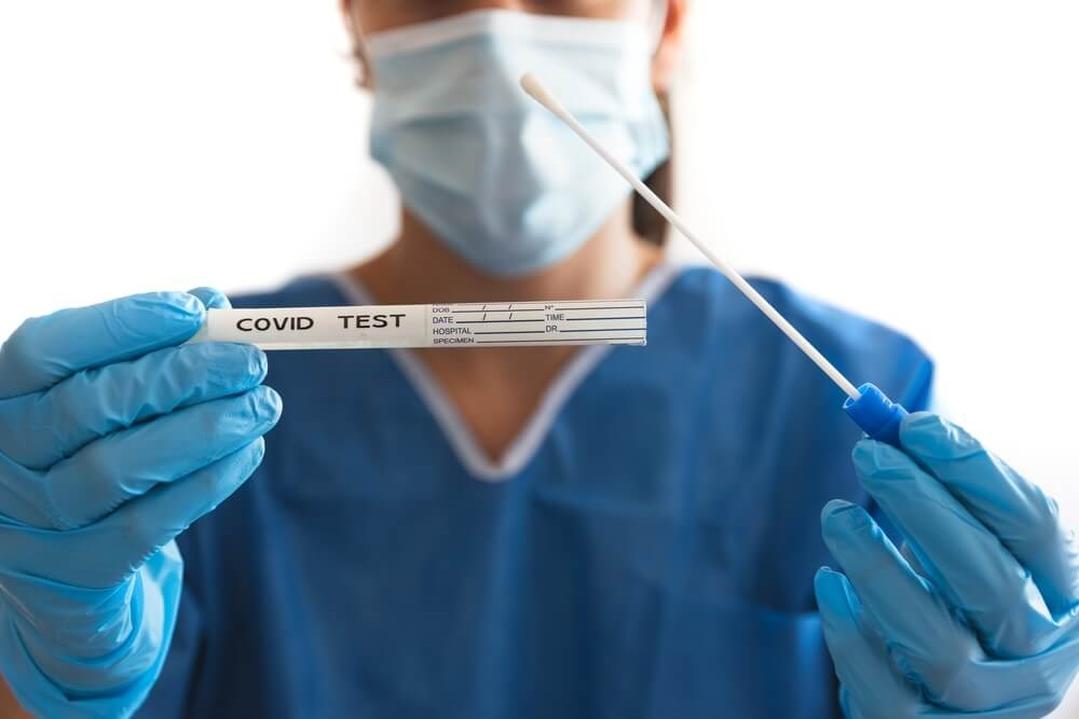
Extending SOEing to three fragments often results in smear patterns. A double cycling protocol—12 cycles without primers followed by 12 with primers—can be tried but results vary widely.
Key difficulty lies in quantifying and balancing molar ratios of fragments. Molar ratios critically affect the efficiency but accurate measurement can be challenging, impacting product clarity and yield.
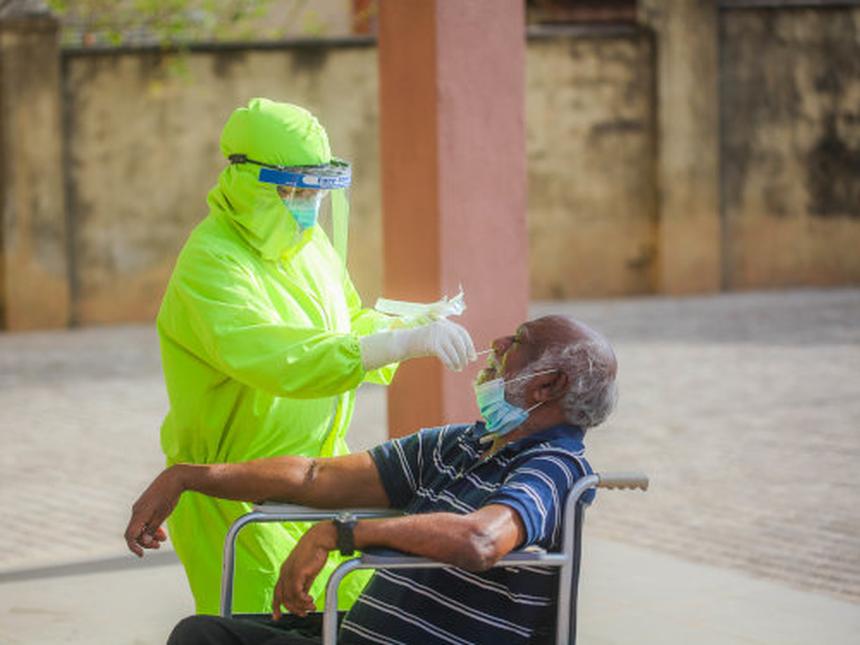
Advantages of Using SnapGene
- Maps PCR fragments and primer sites visually.
- Suggests optimized melting temperatures.
- Supports alternate cloning methods like Gibson assembly.
- Offers a trial period to evaluate its utility before subscription.
Summary of Best Practices
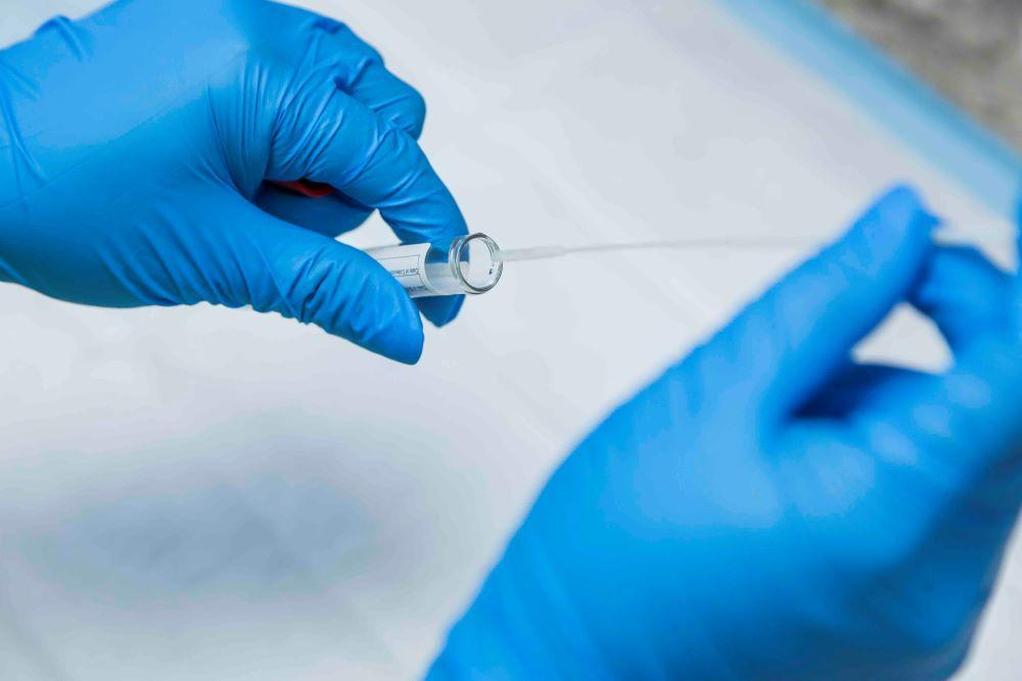
- Design overlapping primers with ~15 bp overlap between two fragments.
- Perform 25 cycles in initial PCR, gel extract, then use purified template for SOEing.
- Conduct SOEing reaction in two steps: 5 cycles primer-free to allow self-priming and 30 cycles with primers.
- Avoid three-fragment SOEing unless thoroughly optimized; molar ratio adjustments are crucial.
- Use software tools like SnapGene to streamline design and reduce trial and error.
The Art and Science of PCR SOEing: A Practical Guide
PCR SOEing, or Splicing by Overlap Extension PCR, is a powerful method for joining DNA fragments without relying on restriction sites. If you’re wondering how to seamlessly fuse two DNA fragments into one, you’ve hit the jackpot. This blog post dives deep into PCR SOEing design, cycling strategies, troubleshooting three-fragment splicing, and nifty tools to make your cloning life easier.
Understanding PCR SOEing Design
At its core, PCR SOEing merges two PCR fragments into a single, continuous DNA piece. The trick? You design primers that create overlapping regions between the fragments—usually about 15 base pairs long. This overlap lets the fragments anneal to each other during the reaction, setting the stage for extension.
Most practitioners, including myself, prefer to keep it simple and only join two fragments at a time. While some brave souls try three or more, it’s a slippery slope filled with smears and frustration. Starting with two fragments helps you build confidence in the method.
Design your primers so that the overlap sits roughly in the middle of the primers. This placement encourages the fragments to find each other efficiently. For overlap length, 15 bp strikes a good balance—short enough for clean priming but long enough to be specific.
Reaction Cycling Strategy: The Secret Sauce
Here’s the routine that many find smooth and effective:
- First PCR Reaction: Run around 25 cycles with primers that amplify your target fragments. This provides enough product without generating unwanted byproducts. After the reaction, gel extract the bands of interest. This purification sharpens your final product quality.
- SOEing Reaction: In this critical second step, mix everything—your gel-purified fragments, buffer, dNTPs, polymerase—except for the outside primers. Allow 5 cycles of extension where the fragments self-prime and anneal. Next, add the outside primers and crank up the machine for 30 more cycles.
The cleverness here is letting your DNA fragments “chat” first before forcing the PCR with outside primers. This self-priming phase encourages proper overlap extension. Skipping this might lead to inefficient stitching and weaker yields.
Why Not Three Fragments?
Attempting PCR SOEing with three fragments sounds like a neat shortcut, but here’s where the road gets rocky. When trying three fragments, I’ve seen nothing but smears — a disappointing mess of nonspecific bands.
One attempted protocol involves 12 cycles without primers, allowing the fragments to self-assemble, followed by 12 cycles with outside primers. But without clear, optimized conditions, this strategy is hit-or-miss.
What complicates things is the molar ratio of fragments. Getting these proportions right is crucial; too much or too little of one fragment can throw the whole reaction off balance. Unfortunately, quantifying each fragment perfectly is often tricky, leaving room for guesswork.
This doesn’t mean three-fragment SOEing is impossible—just more demanding and less forgiving. Optimizing cycle numbers, primer design, and input amounts becomes essential, but beware: it takes trial, error, and patience.
Tools of the Trade: Primer and Strategy Design
Planning your experiments carefully is half the battle, and software can be your best friend. I rely heavily on SnapGene for mapping out SOEing strategies and crafting primers.
Why SnapGene? It offers multiple features:
- Visual guidance on which fragments to amplify.
- Predicted melting temperatures that help optimize primer annealing.
- Integration with Gibson assembly protocols, providing flexibility if you decide to switch methods.
Though SnapGene offers a free one-month trial, it’s often worth subscribing if you’re knee-deep in cloning or DNA manipulation routinely. It streamlines primer design and reduces the need for endless trial and error. Remember, time saved planning is time gained at the bench.
Practical Tips to Nail Your PCR SOEing
- Keep it simple: Start with two fragments before attempting three or more.
- Design overlapping primers carefully: 15 bp overlap is a sweet spot.
- Gel purify your initial PCR products: Cleaner templates lead to better SOEing yields.
- Use a cycling strategy that includes self-priming: Let fragments anneal before adding outside primers.
- Quantify DNA input when attempting complex assemblies: Molar ratios matter a lot.
- Leverage planning software: Programs like SnapGene simplify primer design and protocol setup.
An Inviting Challenge for Molecular Enthusiasts
Are you ready to try PCR SOEing yourself? It’s like molecular Lego—joining DNA pieces exactly how you want. The method not only saves time and restrictions on site availability but also widens experimental possibilities.
Before you dive in, consider your project’s complexity. Need just two fragments fused? You’re in the sweet spot. If you aim for three fragments or more, prepare for extra optimization rounds.
In sum, PCR SOEing shines when carefully planned and executed. The unique primer design, thoughtful cycling strategy, and smart use of technology can turn a tricky protocol into a routine. Next time you face the challenge of stitching DNA fragments, remember these tips and tackle it head-on with confidence.
“PCR SOEing lets you write your own DNA story—literally putting the pieces together your way.”
Have you experimented with multi-fragment SOEing or use alternative methods like Gibson assembly? Share your experiences and tips below! The world of cloning thrives on shared insights.
What is the recommended overlap length for primers in PCR SOEing?
Primers are usually designed to overlap by about 15 base pairs in the middle. This overlap allows the two PCR fragments to anneal during the SOEing reaction, facilitating fusion.
How should the PCR SOEing cycling protocol be structured?
Start with 25 cycles of the first PCR reaction. Then, in the SOEing reaction, run 5 cycles without outside primers to allow fragments to self-prime. Finally, add outside primers and run 30 more cycles to complete fusion.
Why might SOEing with three fragments produce smears in the gel?
Three-fragment SOEing is more complex. Smears can result from incorrect molar ratios or insufficient cycling. Quantifying input fragments precisely and adjusting cycle numbers can help reduce smearing.
Can software tools assist in designing primers for PCR SOEing?
Yes, software like SnapGene can help plan primer design and strategies. It suggests primers with melting temperatures and shows which fragments to amplify, simplifying the setup for SOEing and related cloning methods.
What is a useful approach if no encouraging protocols exist for complex SOEing?
Experimenting with varying input amounts and adjusting cycle numbers may help. Testing different molar ratios and gradual optimization is key for complex applications like three-fragment SOEing.



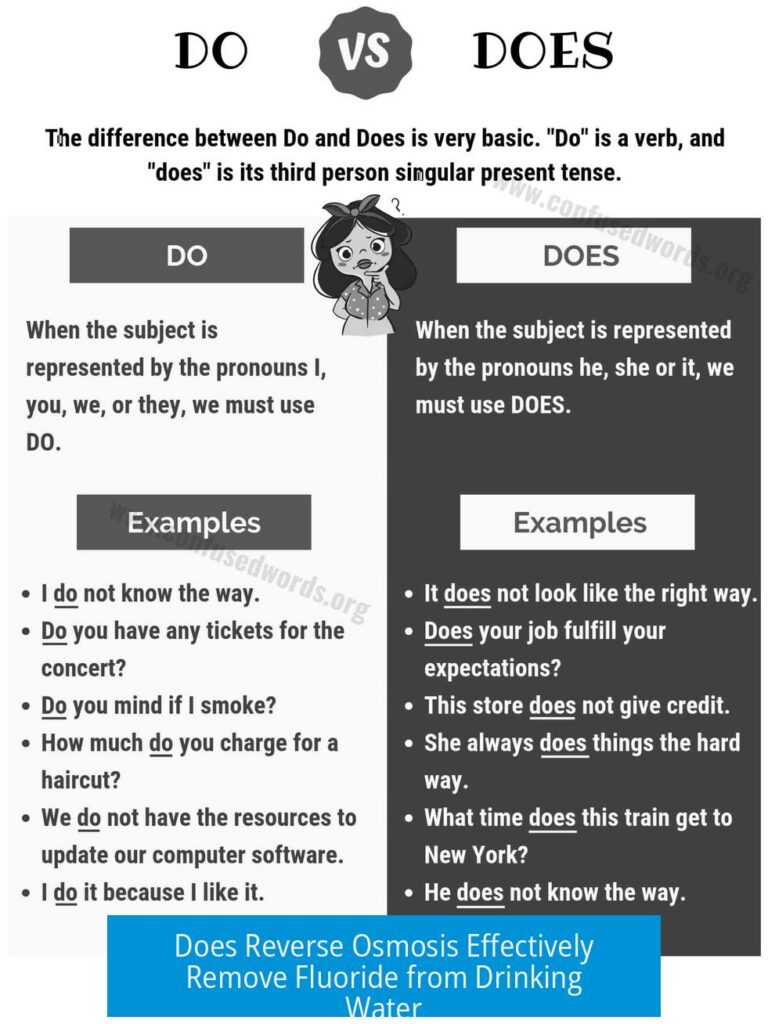
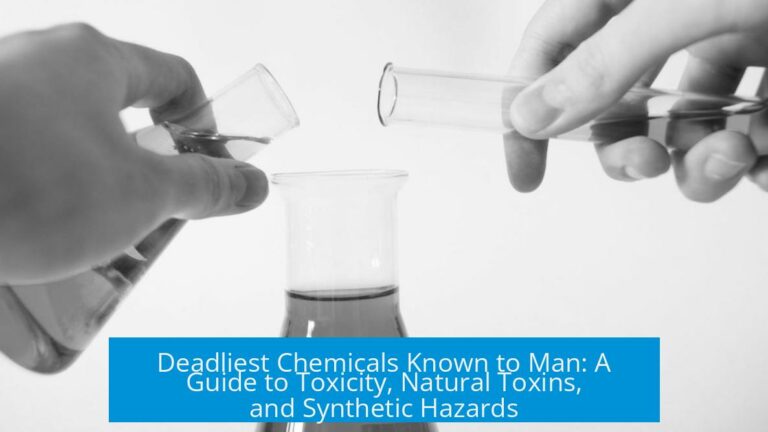
Leave a Comment